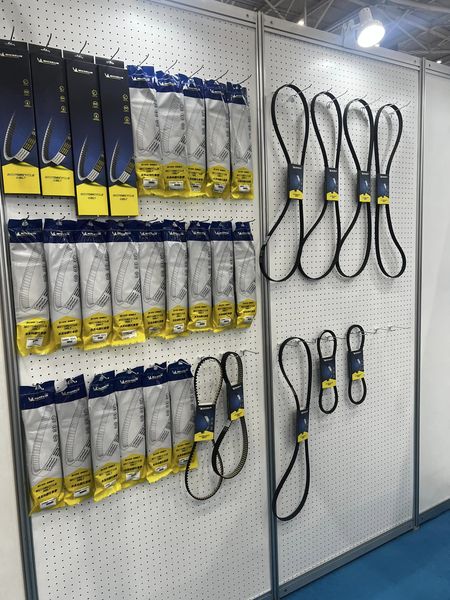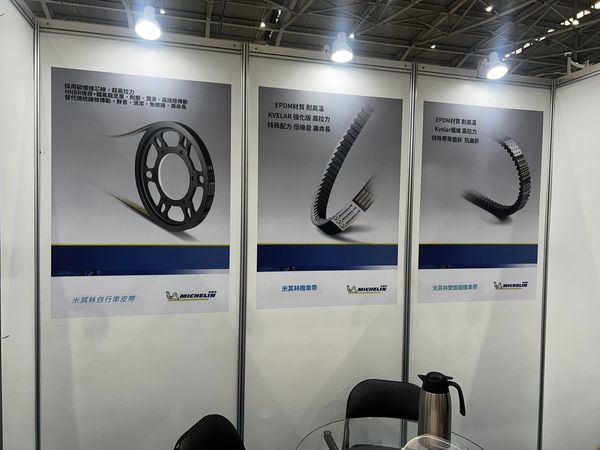
Types and Applications of Industrial Belts
Types and Applications of Industrial Belts
Industrial belts are widely used power transmission components in various machinery and transportation systems.
Here are some common types of industrial belts and their main characteristics:
-
V-Belts: V-Belts are rubber belts with a V-shaped cross-section. They are commonly used in machinery and power transmission applications such as fans, pumps, and generators. V-Belts help provide efficient power transmission and come in different sizes and types to suit various load and speed requirements.
Applications: V-Belts are suitable for various machinery including fans, pumps, compressors, generators, and vehicle engines. These belts provide efficient power transmission.
-
Timing Belts: Timing belts have a toothed cross-section and are typically used in applications that require precise positioning, such as printers, 3D printers, and CNC machine tools. Their toothed design ensures precise engagement with gears for high-precision transmission.
Applications: Timing belts are mainly used in applications requiring precise positioning, such as printers, 3D printers, CNC machine tools, and automotive engine timing.
-
V-Groove Belts: These belts are designed to transmit power and stabilize on pulleys fixed in V-grooves. Commonly used in industrial machinery and conveyor systems, such as conveyor belts and track systems.
Applications: V-Groove belts are used in applications like printers, 3D printers, fitness equipment, CNC machine tools, and automotive engine timing.
-
Multi-Groove Belts: Multi-groove belts have multiple transverse grooves and are typically used in multi-pulley drive systems, such as vehicle engines and cooling systems. They provide good power transmission and reduce slipping.
Applications: Multi-groove belts are suitable for multi-pulley drive systems such as vehicle engines, cooling systems, fitness equipment, and generators.
-
V-Ribbed Belts: V-Ribbed belts combine the characteristics of V-belts and multi-groove belts. They are commonly used in applications such as vehicle engines, air conditioning compressors, and generators to provide efficient power transmission.
Applications: V-Ribbed belts are used in vehicle engines, air conditioning compressors, and generators.
-
Flat Belts: Flat belts are toothless flat belts used primarily in light-duty transmission applications such as printers, textile machinery, food processing machinery, and woodworking machinery.
Applications: Flat belts are mainly used in light-duty transmission applications such as printers, textile machinery, food processing machinery, and woodworking machinery.
-
Rubber V-Rope Belts: These belts have a spiral-shaped cross-section and are typically used in agricultural machinery and industrial machinery such as harvesters and vehicles.
Applications: Rubber V-Rope belts are used in agricultural machinery and industrial machinery such as harvesters and vehicles.
These are just some common types of industrial belts, each with unique characteristics suitable for different application needs. When choosing a belt, it is important to consider factors such as load, speed, environmental conditions, and other factors to ensure the selection of the most suitable model.
